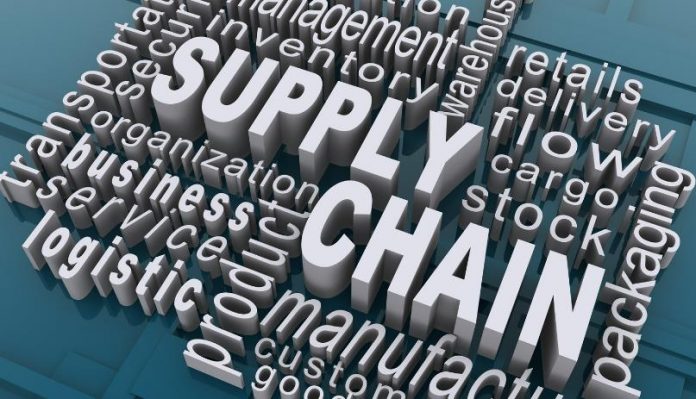If you are a new business owner, whether through the incorporation of your own business or transition into a new career path, you may just now be getting to grips with the various overarching processes that keep a business moving. There are many complex pathways to track, but the one that should take key precedence in your short- and long-term strategy is that of your business’ supply chain.
When we talk about a business’ supply chain, we are talking about the various avenues by which raw materials or products are translated to the business’ customers. The supply chain is everything, from the sourcing of parts to the development of products, and even their delivery to the customer’s doorstep. In short, proper administration and supervision of its supply chain is nothing short of crucial to your business’ continued operation and longevity – but what makes a robust supply chain?
The Key Elements to a Successful Business Supply Chain
Orders and Inventory
The beginning of your products’ physical supply chain is your relationship with wholesale suppliers, be they supplying finished inventory or raw materials for construction industry and manufacture. Whatever the circumstances of your business outfit, careful management of orders and inventory is key to ensuring your business remains financially healthy and solvent.
 Put simply, if you run out of raw materials to make a key product, you are more likely to run out of goods to sell before making more – leaving a serious dent in your financials. Alternatively, buying up too much material in advance can negatively impact cashflow, leading to investor discomfort and reduced spending power.
Put simply, if you run out of raw materials to make a key product, you are more likely to run out of goods to sell before making more – leaving a serious dent in your financials. Alternatively, buying up too much material in advance can negatively impact cashflow, leading to investor discomfort and reduced spending power.
By tracking the ‘flow’ of materials into your business, as well as the stock available in your manufacturing centres or distribution warehouses, you can ensure an optimal balance is struck.
Warehouse and Transportation
Speaking of warehouses, it is all the more important to track your available stock in order to understand the needs of your customers and optimise your distribution accordingly. More popular items will need to be sourced more commonly, and placed more accessibly in your warehouse. Warehouse management is best left to your logistics co-ordinator, but an important consideration nonetheless.
 It is also of key importance to address the routes by which products make their way to customers. Depending on the nature of your business, different delivery methods may be employed – from postage services to in-store retail. If you are running an online business selling to retail consumers, next-day delivery is a strong offering that can inspire repeat custom.
It is also of key importance to address the routes by which products make their way to customers. Depending on the nature of your business, different delivery methods may be employed – from postage services to in-store retail. If you are running an online business selling to retail consumers, next-day delivery is a strong offering that can inspire repeat custom.
Analytics and Forecasting
 Some mention has been given to the tracking of material and product data, specifically with regards to volume and popularity. But going a little deeper with your analytics can give you a more comprehensive picture of your business’ logistical needs, enabling you to save money and streamline your supply chain in the process. Forecasting sales patterns enables you to prepare for spikes in demand, and also lulls – giving you opportunity to alter your standing orders with suppliers in advance.
Some mention has been given to the tracking of material and product data, specifically with regards to volume and popularity. But going a little deeper with your analytics can give you a more comprehensive picture of your business’ logistical needs, enabling you to save money and streamline your supply chain in the process. Forecasting sales patterns enables you to prepare for spikes in demand, and also lulls – giving you opportunity to alter your standing orders with suppliers in advance.



































